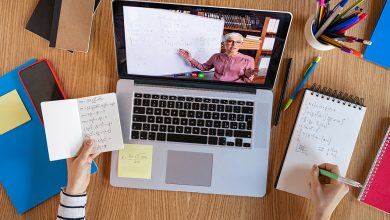Like many of you, I was thrust into Remote Learning overnight. Frankly, I thought it would be easy given my background with Flipped Learning. Boy was I ever wrong! Instead, what I found was that Remote Learning was crazy hard. I found I had a lot to learn.
When the transition happened, I realized there were so many things to juggle
- Managing a Zoom room engaging.
- Making online synchronous time engaging.
- Monitoring individual students.
- Remediating struggling students.
- Making sure to connect with each student.
- Changing things that didn’t work.
- Learning new technology to facilitate synchronous learning. I especially wanted a way to easily annotate physics problems.
- Finding creative ways to tutor small groups of students.
- Developing meaningful secure assessments.
- And most importantly, figuring out how to reach every student and build relationship and collaboration.
I’m sure you faced many of the same challenges I did, and like me, you found a way to figure it out. We made it through but now we need to get better.
Who knows what we will face during our next school year. Will we be back to “normal”? Will be online 100%? Will we have some sort of hybrid? I don’t have a crystal ball, but as I look to the future, I don’t want to just survive whatever comes, I want to my students and I to thrive and learn regardless of which mode of learning we will face.
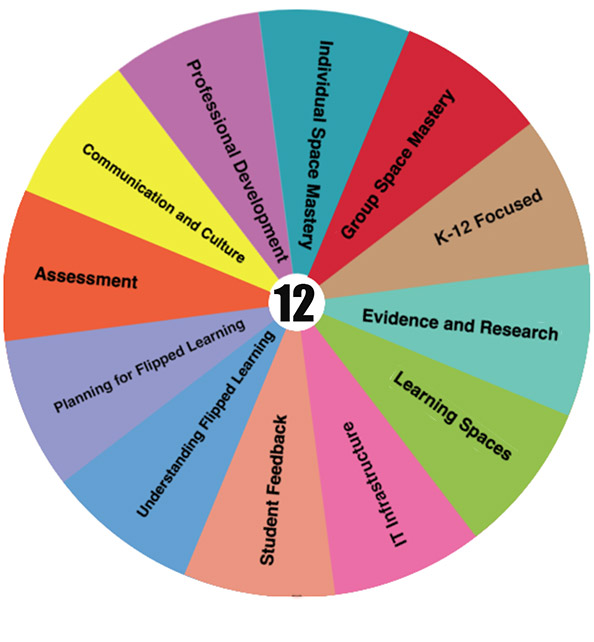
A proven framework
One thing I do know: Going forward I will let the Flipped Learning Global Standards be my guide. The Flipped Learning Global Standards were developed by the nonprofit The Academy of Active Learning Arts & Sciences in 2018 by over 100 people in 49 countries and they serve as a framework that will help all of us not just survive whatever comes, but rather, something that will help us to thrive.
The framework has 12 sectors of effective Flipped Learning as illustrated by the color wheel developed by Errol St Clair Smith the Director of Global Operations for the Flipped Learning Global Initiative.
The wheel links to the 187 elements of effective flipped learning. The individual elements are illustrated in the GEEFL table which lists which adds specificity to how to effectively teach using Flipped Learning.
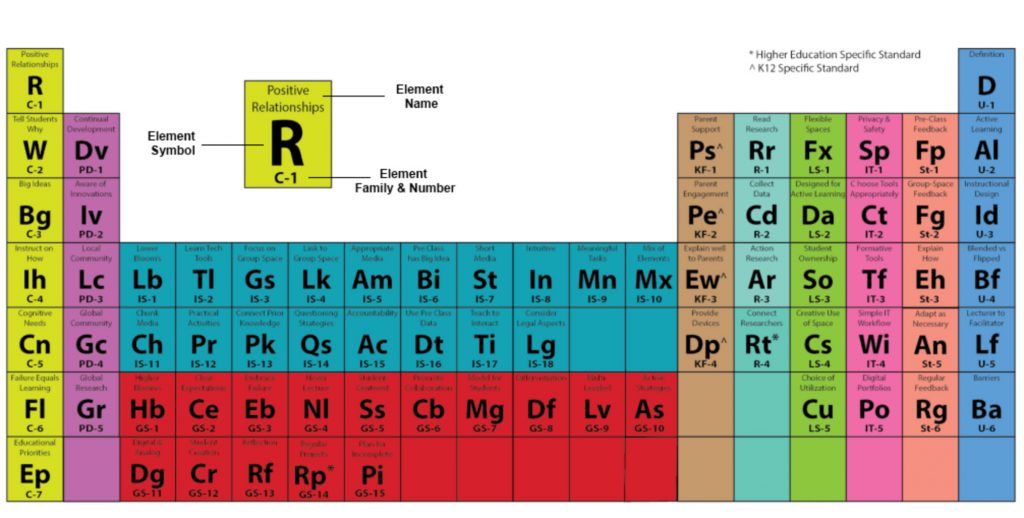
Recently I had a conversation with Dr. Robert Talbert, the Math Department Chair at Grand Valley State University in Michigan about the future of education. He said:
But now we are in this position where we have to iterate on [Remote Learning] and get good at it. Everybody was OK with it being not that great for a while and we gave each other grace and permission to not be at our best. But now, we really have to get this right!”
If you are like me, and you want to up your game for next year, then it is imperative to “get this right.” Below are six tips based on the above framework which will help us get it right!
Tip 1: Be more intentional about building relationships

Good teaching has always been about building positive relationships with your students. And when #remotelearning began, it was more difficult to maintain relationships with students. In order to develop relationships with my students, I will be much more intentional about how I do this next year. Below are some things I will be doing to help connect me with my students.
- Video Feedback on major assignments. I did this with my students last year and the response was very positive. Just turning on a webcam and having them virtually look over my shoulder as I grade their projects helped build relationships. Here is a link to one example
https://youtu.be/CDxA0vG2tHc
- Check-In Questions. I got this idea from my daughter, Kaitie Bergmann who teaches high school English in Neenah Wisconsin. At the begging of each class, I ask each student to respond to a short prompt that reveals a little bit about themselves. It gave me insight into their lives, their interests, and their struggles.
- Tour Their Learning Space: If we end up going back to #remotelearning, I will ask my students to give me a tour of their learning spaces (if they are comfortable).
- Create Encouragement Videos. As my school year ended, I wanted a way to say goodbye to each student. So, I created a short 2-3 min video for every student. This proved to be deeply moving both for me and my students. I simply turned on my webcam and did a quick recording where I shared what I have observed about them during the year. I had students, and parents, crying as they were moved by the videos
Tip #2 Provide more support in the independent space
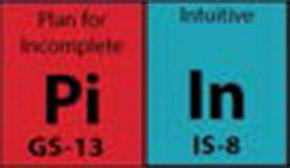
Before the pandemic, I was able to help students on more difficult cognitive tasks in class. The foundational principle of Flipped Learning is that students should do the easy stuff alone and then the hard stuff in class. But when I went remote the amount of time with students was significantly reduced. I needed ways to help students with the hard stuff when I wasn’t with them. In a conversation with Paul Hennessy, an online teacher and administrator at Open Access College in Adelaide Australia, he shared how he provides help audio and video files which he builds into his assignments. The tool I found that GoFormative makes this process super simple. The idea is that when students are stuck on a difficult concept, and they are alone, then they simply need to click on a link inside of the assignment, and they are taken to a short audio or video file of me helping them. This gives them no excuse but to actually do the hard work. See this short video clip explaining how I use GoFormative.
Tip #3: Teach them how to learn remotely
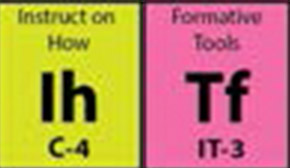
Learning remotely was hard. Not just hard for us teachers, but hard for our students. I will be much more intentional about teaching students how to learn how to learn using online tools. If I get any class time with students, I want to use some significant time teaching them about how to:
- Access class content.
- Read for understanding (We will be using Perusall as our social reading app).
- Watch an instructional video for understanding.
- Take quality notes using the Cornell Note Taking strategy.
- Participate in a Video Conference.
- Participate in discussion forums.
Tip #4: Use synchronous time for active learning
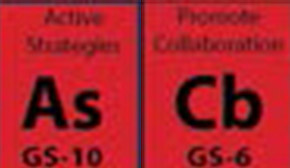
Probably the biggest mistake I made when teaching remotely was that my classes were not focused enough on active learning in the group (synchronous) time. This coming year I will utilize a variety of active learning strategies including peer instruction, socratic seminars, practice, discussion, jigsaw, and debate. All of these strategies can be done remotely. They can even be done in a hybrid environment where some students might be in the room and others at home.
Tip #5 Hands-on activities
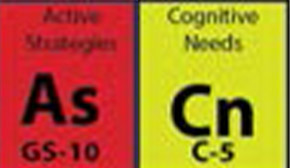
This may be my most daunting task. As a science teacher, I know that students best learn when discovering things on their own. To that end, I started to develop experiments that students can do at home. Students conducted these experiments, and then shared videos of their experiments, their results, and a short reflection of what they learned.
I developed a lab that investigated ocean currents by using their bathtub, some pepper, and some other devices. In another experiment, I had students build a pendulum using string and a weight while they discovered how a pendulum works. It was amazing to see the creativity of my students as they figured out how to use limited resources to make learning happen. Check out this video on the pendulum lab. One caveat though. Make sure you try these at home yourself. I did one lab that turned out to be a big dud. It was too complex to set up and the students didn’t see what I thought they would see.
Tip #6: Reflection

John Dewey once famously said: “We do not learn from experience… we learn from reflecting on experience.” That is true for us, but also true for our students. There are many ways to get students to reflect on their learning, but one way I found super helpful was for students to write out their reflections daily in a shared google doc. When I was face to face with my students, I had my phone beep when we had 5 min left in class. When we went remote, I kept this same process. I would argue that these were the most valuable 5 min of my synchronous time. I had them reflect centered around the following questions.
- What is my next step in learning?
- What did I learn today that I didn’t know before?
- What am I struggling with that I need to work on?
- What am I curious about?
This proved to really help students cement in their minds what they had learned today. See an example of one student’s reflection below.
3/30/20
I learned about the difference between oceanic ridges and mountains (ridges are from oceanic plates, mountains are from continents, and mountains don’t have new material). Next, I need to work on my mission and review chapter 13 so I can do well on my boss battle.
4/3/2020
Today we discussed salinity and I got a deeper understanding of how the salinity level is able to maintain equilibrium. Online learning is going pretty well for me because so far I have been able to comprehend everything with ease. If we go onto deeper or harder stuff I will probably need to teach myself things. As of right now, I am doing pretty well. I am very self-sufficient and have great work ethic/drive.
4/7/2020
I would like to know why temperature affects density more than salinity levels. I am doing okay–mostly distracting the fearful thoughts with doing what I know I can do. I am really wanting to go back to normal life, but I know that’s just not going to happen for a while. I am a little scared to see what the world is going to look like after this.
You’ve Got This
The Global Elements of Effective Flipped Learning have been pivotal in how I plan and deliver instruction. And as we move forward into an uncertain future, the tips above and all of the other best practices in Flipped Learning will help guide us (and our students) into not just surviving whatever we will face in the coming months, but rather, our students and us, will be poised to thrive.
To learn more about Flipped Learning and how to get ready for an uncertain future visit the Flipped Learning Global Initiative. RM


